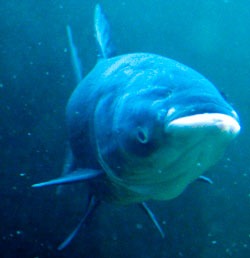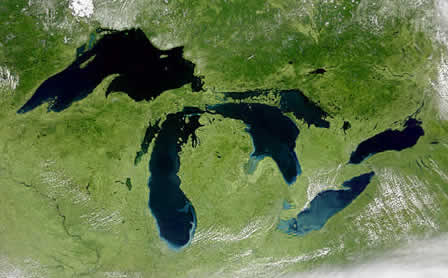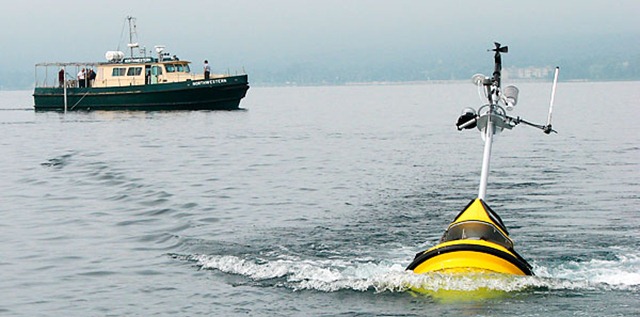Why Asian carp pose such a threat
0 Millions of dollars have been poured into keeping them out of the Great lakes, and probably even more pages of newspaper space have been dedicated to the topic of Asian carp. For those who could use some background on why the invasive species could wreak havoc on Great Lakes ecology, however, The Christian Science Monitor has composed answers to six frequently asked questions about the fish.
Millions of dollars have been poured into keeping them out of the Great lakes, and probably even more pages of newspaper space have been dedicated to the topic of Asian carp. For those who could use some background on why the invasive species could wreak havoc on Great Lakes ecology, however, The Christian Science Monitor has composed answers to six frequently asked questions about the fish.
The fish, for example, can even cause physical harm:
The fish are known to jump up to 10 feet into the air when frightened. In 2007, the Environmental Protection Agency reported injuries to boaters that included black eyes, broken bones, and concussions due to collisions with the fish. “If a boat’s going 15 knots and a 40-pound fish hits, [it’s] going to injure people,” says Thomas Murphy, former editor of the Journal of Great Lakes Research.
To read the other answers, head over to The Christian Science Monitor.
Asian carp: how one fish could ruin the Great Lakes [The Christian Science Monitor]













